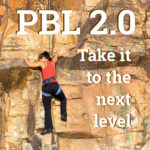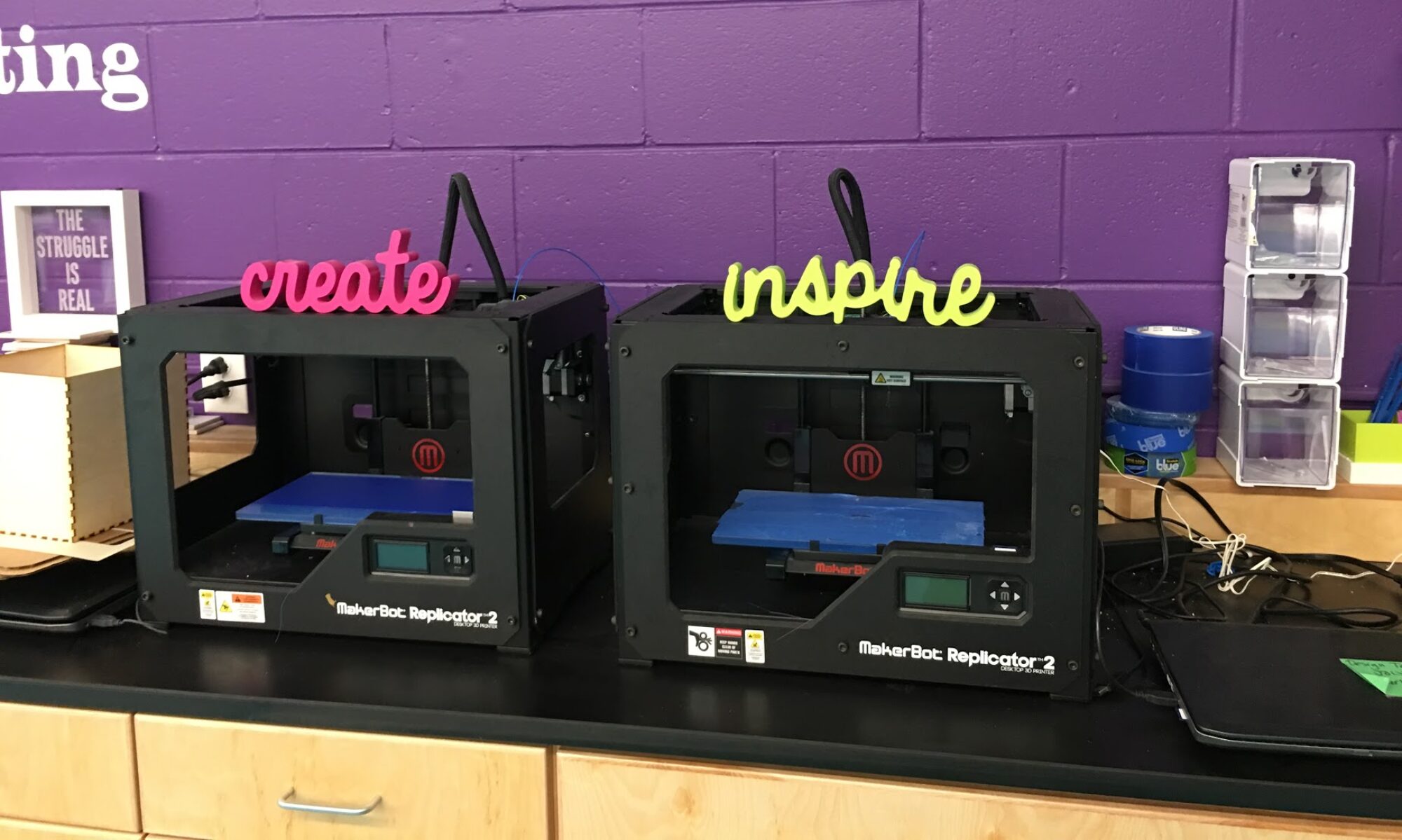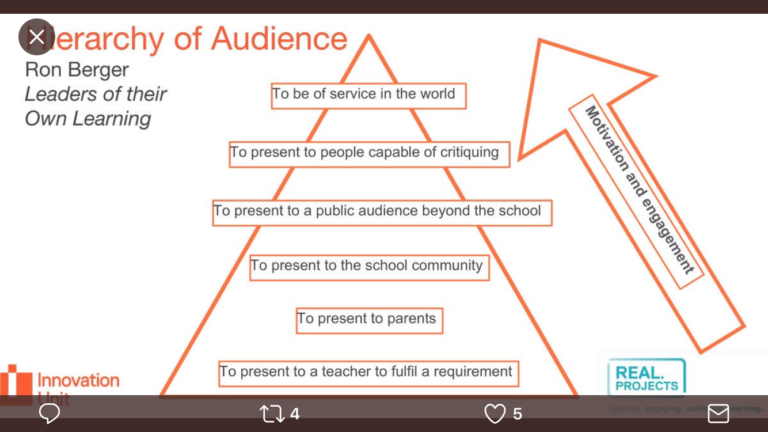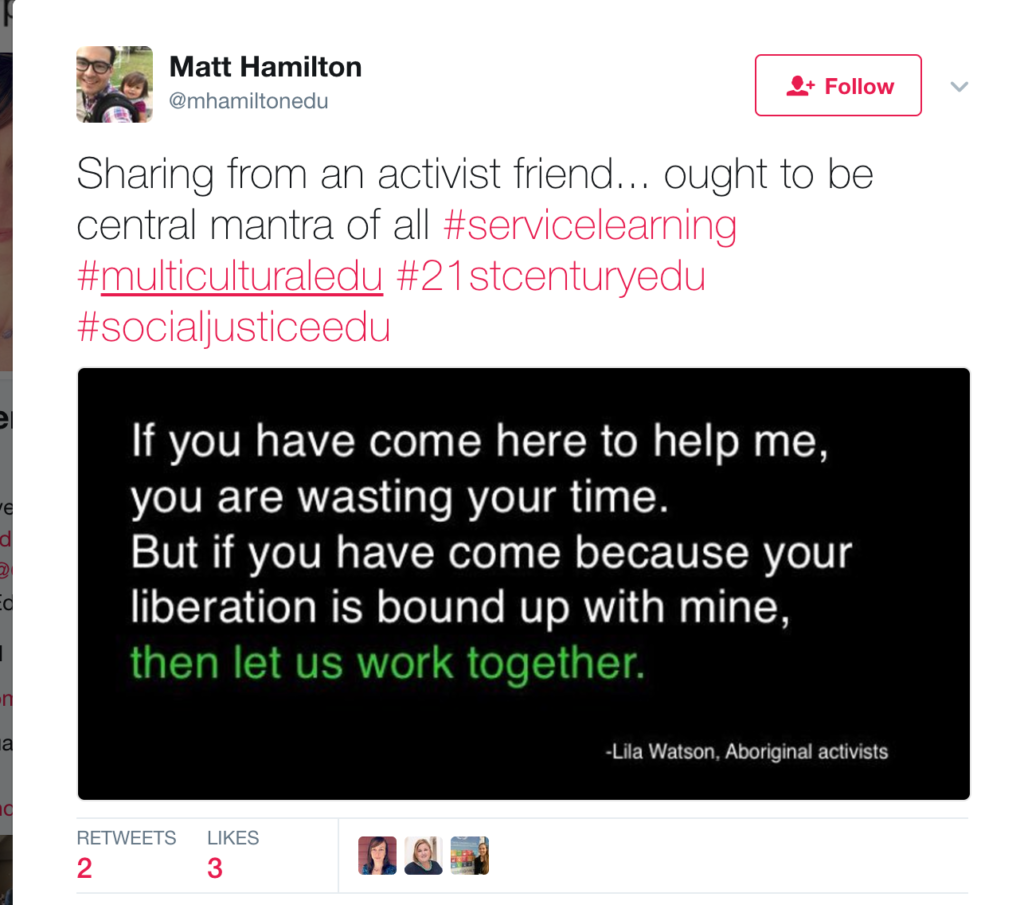Tech tools, tips & inspiration
 The world is BIG. And overwhelming at times. Especially for our students, who hear bits and pieces of what is happening across the globe, and have questions, worries, and thoughts.
The world is BIG. And overwhelming at times. Especially for our students, who hear bits and pieces of what is happening across the globe, and have questions, worries, and thoughts.
It makes sense that we move students beyond their geography, perspectives, and comfort zones. That way we can expand their world, and grow empathy, compassion, knowledge, and perspective.
But… how exactly do we do that?
First, let’s look at areas that might need a little tweaking in project-based learning.
What direction do you want to grow in?
- Class culture: Do we need to build a more tolerant, accepting, respectful learning community? Does everyone feel safe, welcome, and supported? If not, this is the area to focus on.
- Entry Events: in your project based learning, do you have engaging, exciting entry events that spark student interest and projects? Do you need to refresh or update these? Maybe this is your focus.
- Integration: Or do you want to create thematic, interdisciplinary units that transcend academic subject areas? Maybe you are ready to move beyond one subject PBL.
- Assessments: Do you want to have students help you create meaningful assessments? That would be going bigger. How about co-constructing learning scales with students? That could be the work!
- Reflection: We know it is good for us, but so hard to do. But this is where all the learning is! Maybe plan more frequent and meaningful reflection in your PBL.
- Authentic (wider) audiences in bigger culminating events: Yes, take a look at this pyramid. Can you move up a level, and increase student motivation and engagement? Yes, yes, you can.
What matters to your school, students, community?
- Find something that resonates with you and your students.
- Lead students to identify a problem in your community to start solving.
- You don’t have to wait.
- Go GLOBAL. Or extremely LOCAL.
Going Global? Ideas for you here.
Example of students going BIG: A march through the streets of Chicago, led by children, to create a safe space for play. This is based on how unsafe their streets had become. More ideas for global connections and authentic problem solving below:
- Epals: email partners from across the globe. Students sharing different perspectives on the world can extend student thinking, empathy, and understanding.
- Online book clubs. Students can help you create an online book club hub for your class. Here is our book club for teachers reading diverse YA books. We are getting more members every day! Students can invite readers from around the globe to join in their book clubs. Learning from peers is one of the most powerful ways for students to make connections and grow new perspectives on issues.
- Create and share: Authentic audiences for PBL. There are many ways to gain global audiences for PBL projects, and this article lists several.
- Sharing Feedback groups (like Young Writers Project). Kids need regular feedback, and more than from just their teachers! Peer feedback is incredibly important and powerful.
- Join The Wonderment, sign up your class, and explore connections & paths, or create your own.
- Build empathy by connecting with others classes worldwide. See Empatico for students ages 8-10.
Quick tips for globalizing your classroom
-
Use Twitter to follow and connect to world news. Look at what is trending and hear from people on the ground in that area. Follow reporters from around the globe, not just the U.S.
-
Use BBC and other resources for global perspectives. You can watch the BBC news channel or listen to the World Report on VPR at 9am (can you tell I am a super-fan?)
-
Use web platforms that connect people from across the nation and globe. This is an emerging technology area. TeachSDGs has several ways to collaborate on Twitter.
-
Join a global Skype challenge. Skype is introducing ways to connect kids working on the Global Goals across the, well, globe. They have padlet full of possible connections to classrooms around the world. You can list your class or find another to collaborate with.
-
Blogging for a global audience. Have students tell their stories via blogs, and share these widely. Connect with other student authors through existing connections (as in, your teacher friends) or join up with Quadblogging, a site that connects students to peer audiences across the globe.
- Padlet a topic and ask for help. Sharon Davison, a teacher and Global Goals Ambassador, posts public padlets and asks that people from across the globe upload pictures of their local habitats, cultures, or issues so kids can learn about them. They regularly hear from people on different continents and they find this exciting and motivating!
Please keep in mind:
Research tells us that students need to view global exchanges and service learning as a reciprocal learning experience, not one of helping the “other” which can reinforce biases and stereotypes. We need to think about how we can make sure everyone is benefiting from a shared learning experience in global PBL, as this tweet illustrates.
What are your ideas for going global with PBL?




Thank you for sharing your experinces.
I like this blog. I will always follow
Thank you so much for this beautiful article
Thank you for sharing
The prospect of broadening one’s audience access and audience (all eyeballs on us) is nothing short of exciting on first blush, and then, of course, we must take care to consider the complexities that audience entails. A global audience is a global village is an intimacy unlike any of us are truly prepared for. I suggest a look at more recent tech industry skeptics, a la “The Social Dilemma” and how the creators of this audience now won’t even allow their own children to use. What is it that we, the average consumer, doesn’t yet know that they do? This warm and fuzzy embrace of audience has its own perils that we need to better understand; especially, as we learn from its creators some of the very real threats these tools pose to the well-being of our communities.